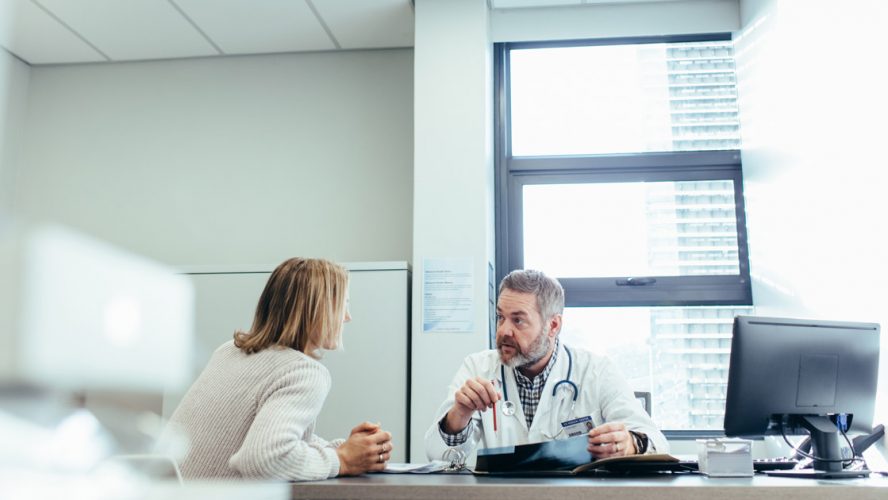
Hilary Newiss
Chair at National Voices and Accelerated Access Review for Office of Life Sciences
Technology and innovation have rapidly developed offering countless opportunities for research into rare disease. With funding under immense pressure, patient involvement is essential to ensure innovation is focused in the right direction.
We are, perhaps, entering one of the most exciting eras for innovation into life science. But widespread cost cutting may well prevent innovations that could provide much-needed efficiencies. Now, more than ever before, patients have an important role to play in ensuring that funding is focused and effective.
Focusing Innovation
“From the outset patients can be instrumental in shaping research,” suggests Hilary Newiss, Chair of National Voices, a coalition of 160 health and care charities, and a key advisor on Sir Hugh Taylor’s Accelerated Access Review. When it comes to rare diseases, patients often have a better grasp than many medical staff on how to manage the disease on a day-to-day basis and can communicate with innovators so they can prioritise their developments for maximum patient benefit. “We have had cases such as arthritis where research has shifted completely from finding a cure to pain relief as a result of patient involvement,” continues Ms Newiss.
Decision Making
Further down the line, patients can also help to challenge opinions to push products to market much faster. As Ms Newiss explains, “When it comes to risk benefit, patients with rare diseases may be inclined to take a higher risk and be prepared to take part in a trial of drugs, particularly where no treatment is currently available.”
The patient experience has become essential in validating the decision of regulators and giving, what Ms Newiss refers to as, “the common sense opinion.” Patient lobbying in this way has been hugely effective as far back as the mid 1980s where pressure from patient groups opened up access to drugs to treat Aids. More recently huge advancements in treatment for cystic fibrosis have been heavily swayed by patient pressure.
Patient Funding
Globalisation and digital technology have clearly opened up collaboration between patients, carers, front line health staff and researchers like never before. Patients are taking advantage of this to manage their own care and drive research and development forward. As Ms Newiss confirms, “The charity community is currently funding about one third of all innovation. ”
However, Ms Newiss points out that we can’t presume everyone can access information. “There is a danger that progress can exacerbate health inequality,” she states. “A lot of work is being done to access hard to reach groups. We’ve seen some great examples with cancer strategy targeting but we need to make sure we don’t leave people behind, especially when it comes to rare disease.”
As change continues at a dramatic pace, one of the greatest challenges will be to ensure that all patients have the opportunity to become active participants in decision-making. This will require greater clarity on the pathway for innovation and care from the outset.


